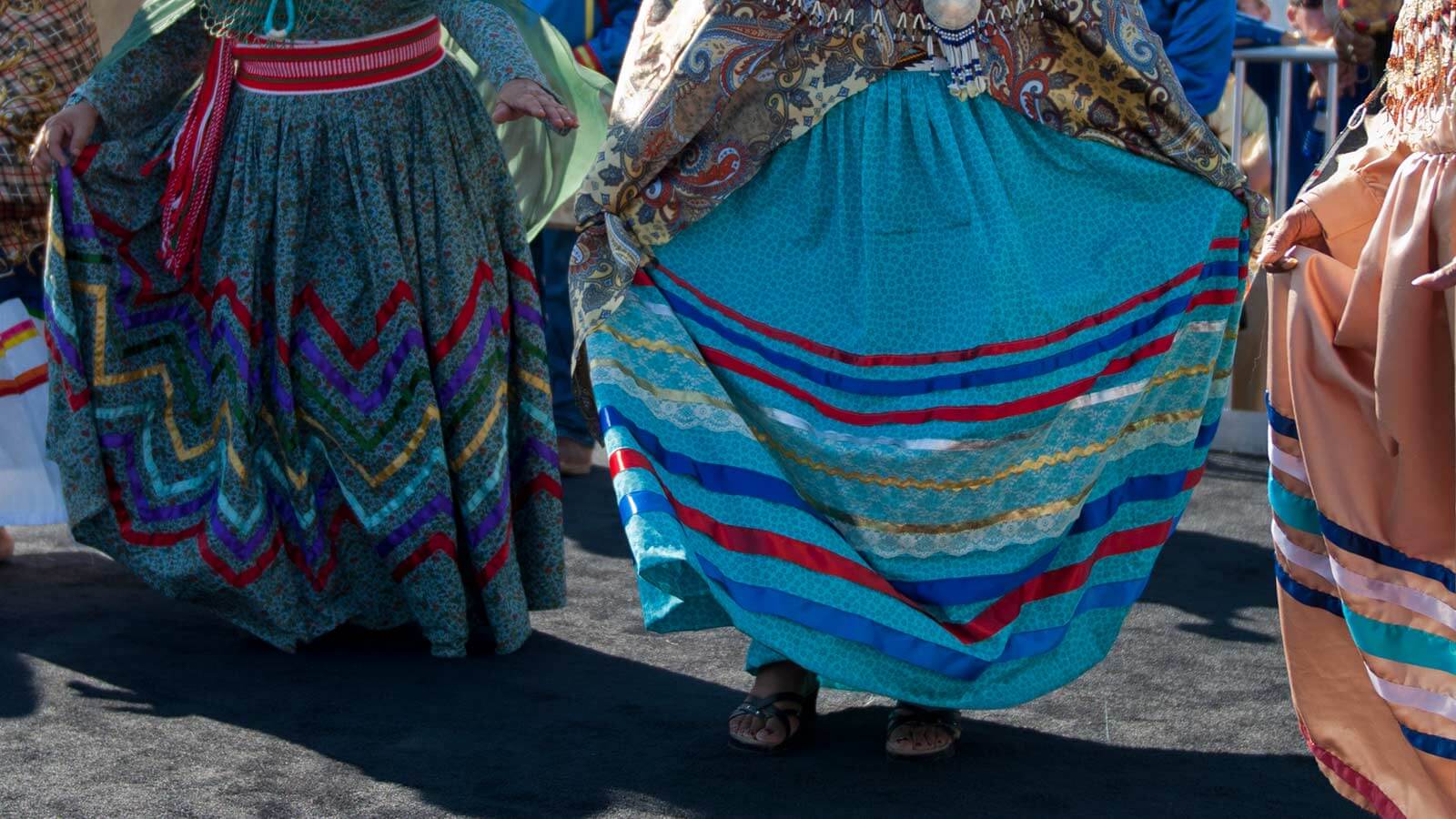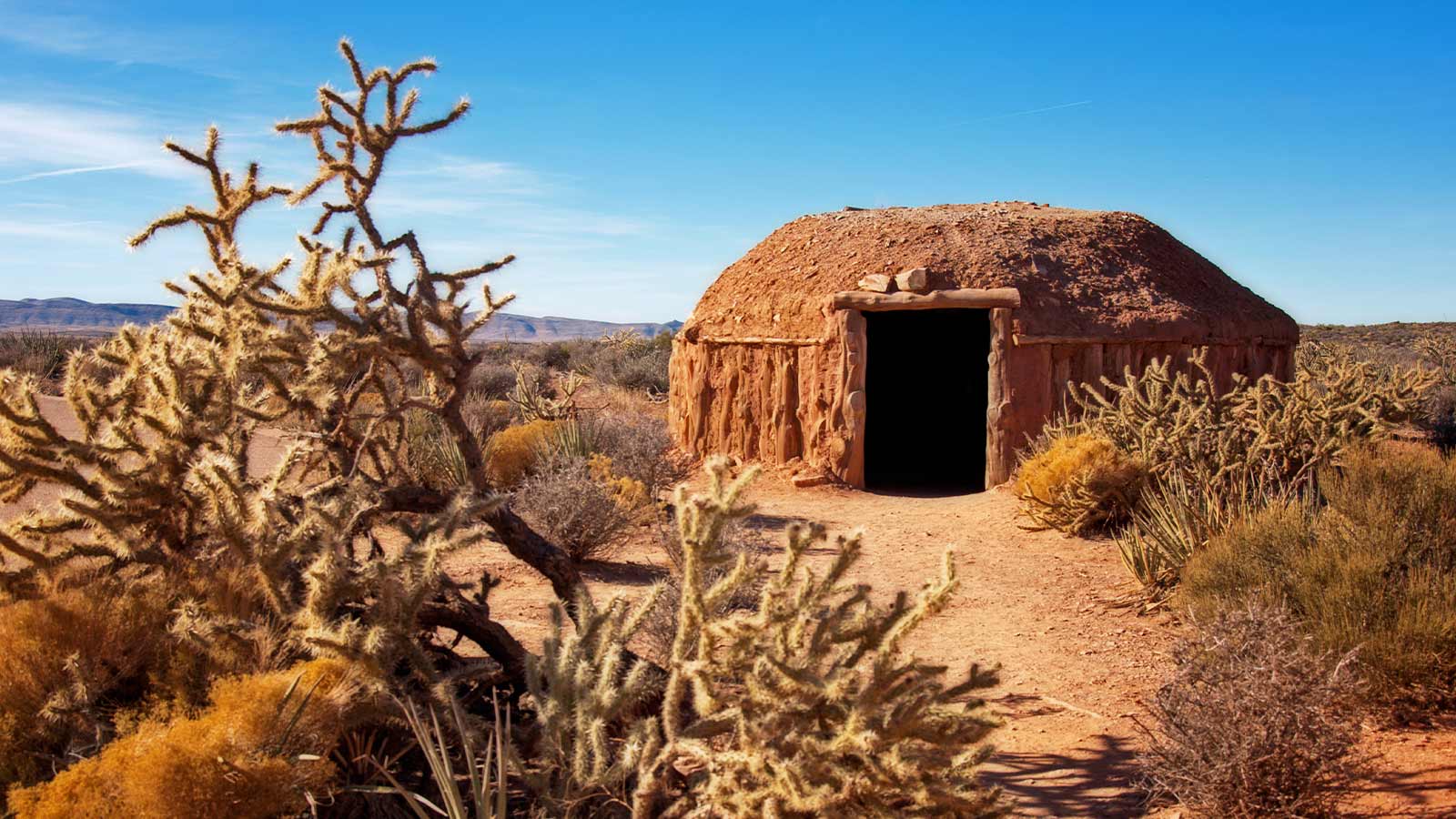
AT Grand Canyon West
When you visit Grand Canyon West, you are entering the Hualapai reservation, established in 1883. More than 1,600 people live here, with 1,353 tribal members. As a sovereign Indian nation, the Tribe is self-sufficient. One tribal enterprise is Grand Canyon West, offering an alternative to the Grand Canyon National Park. Guests are in for a real treat as they experience their heritage and rich traditions of the Hualapai Tribe.

THE RESERVATION
“Hualapai” means “People of the Tall Pines.” The Hualapai Tribe’s reservation encompasses about one million acres along 108 miles of the Grand Canyon and Colorado River. Occupying part of three northern Arizona counties: Coconino, Yavapai, and Mohave, the reservation’s topography varies from rolling grassland to thick forests to rugged canyons. Elevations range from 1,500 feet at the Colorado River to over 7,300 feet at the highest point of the Aubrey Cliffs.
An outdoorsman’s paradise, the reservation is rich in hunting, fishing, and river rafting opportunities. In addition to the attractions at Grand Canyon West, the Tribe sells guided big-game hunting permits for desert bighorn sheep, trophy elk, antelope, and mountain lion. The Hualapai River Runners, the only Indian-owned and operated river rafting company on the Colorado River, offers one and two-day trips.

THE HUALAPAI BIRD SINGERS
The Hualapai Tribe has thrived at the Grand Canyon West Rim for centuries. As one people in unity, these Native Americans rely on each other to survive, using song to share their journeys through life. The live performances by the Hualapai Bird Singers at the Grand Canyon West are about the Hualapai Tribe’s culture, a culture steeped in the belief that the universe and the earth are connected in a circle with no beginning or end. Women and men of all ages perform for guests at Eagle Point before or after they walk on the sky at the world’s only Grand Canyon Skywalk.
THE SONGS
The men of the Tribe are the heartbeat of each performance. The songs come to be through their dreams, naturally flowing from them by their connection to the spirit world. Other songs are passed along from generation to generation as young men learn from their elders. Accompanying their native language chants are rhythmic sounds of drumbeats and maracas.

THE DANCES

While the men play and chant, the ladies of the Hualapai Bird Singers dance to their tribal sounds in regalia adorned in colorful, meaningful shawls. The beading represents the breast of the mighty eagle and the shawls its wings, a bird that is very important to the spiritual guidance of the Tribe. The colorful dresses they wear today replace the buckskin and yucca leaves of days gone by. Today’s traditional garment includes ribbon detailing representing the universe, the earth, the sky, and the stars.
The women begin moving when the song starts, mimicking bird dances. They often join in the chanting. As they sway to the music, they will put their arms out, blessing the ground that they dance on and everyone and everything that surrounds them. These dances represent the journeys of the Tribe, shared by the elder women and handed down to younger generations.

THE TRADITIONS
These songs and dances the Hualapai Bird Singers perform have survived hundreds of years through traditions carried on by generations of the Hualapai Tribe. Today’s Tribesmen recall years gone by when their grandfathers would rise before the sun to sing and dance in their own homes—the songs a gift to the universe and the earth, as they sang their blessings that they had lived another day. They sang about what they have learned from the past and how they look toward the future that will bring happiness and a good life. Eventually, the songs and dances created in their homes would be performed with the Tribe, a tradition carried on today that you can witness when you visit Eagle Point at Grand Canyon West. Multiple performances are held daily at Eagle Point on a covered open-air, circular stage.

THE VILLAGES
One of the many misconceptions about Native Americans is they all lived in teepees. Visitors to the Grand Canyon West can take a self-guided tour through an authentic Native American village for a view of local and regional tribal heritage and tradition. The Native American Village at Eagle Point lets guests imagine a simpler time when Hualapai, Navajo, Plains, Hopi, Havasupai, and other Indian Tribes roamed the lands. People can stroll through traditionally built housing, ovens, and sweat lodges to see the unique architecture, style, and functionality of each structure and feature.
Grand Canyon West is a quick, easy and scenic two hour drive from Las Vegas, NV
5001 Diamond Bar Road, Meadview, AZ 86444


